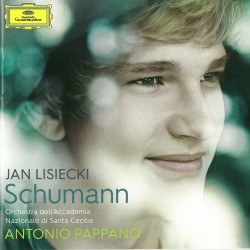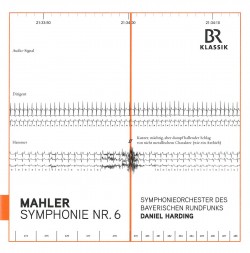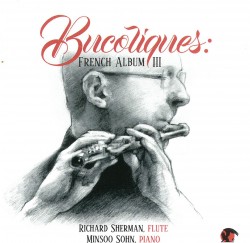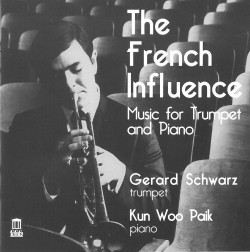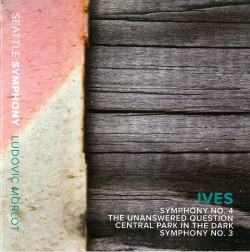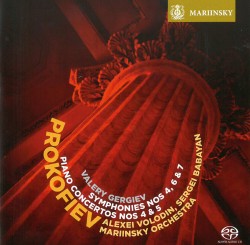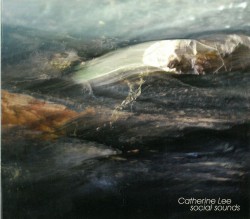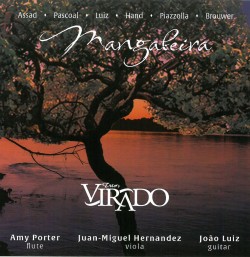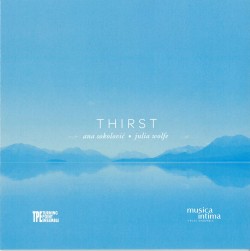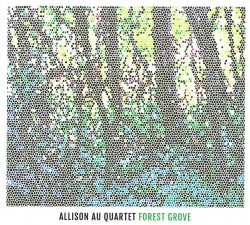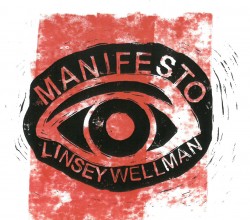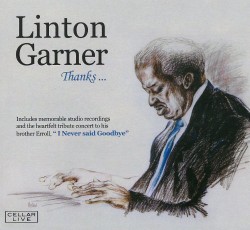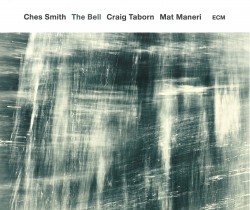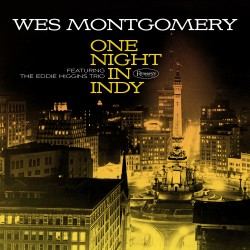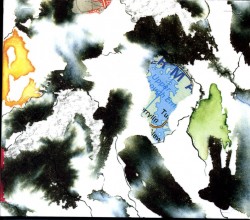Schubert & Beethoven - Grigory Sokolov
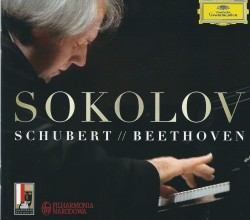 Schubert & Beethoven
Schubert & Beethoven
Grigory Sokolov
Deutsche Grammophon 479 5426
Review
Although not the most recognized figure by the record buying public, to pianophiles Sokolov is an icon on the same short list that would include Richter, Argerich and few others. A first prize winner of the 1966 International Tchaikovsky Piano Competition, it was Emil Gilels, who headed the jury that unanimously awarded him the Gold Medal. This new release is his second on DG, following the sensational Salzburg Recital issued last year which included an unequalled performance of the 24 Chopin Preludes (DG 4784342, 2 CDs). As he does in that first set, he transforms each and every track into a listener’s instantaneous personal favourite. Sokolov is capable of making the piano sing in a very particular way. He demonstrates breathtaking sensitivity, a seamless pianistic style and a low key projection that sweeps the listener away.
Sokolov’s Schubert Impromptus Op.90 D899 are quite different from the same music in other hands. If one listens without any distractions there are feelings of the realization of his mortality and his struggles against it. Simple but profound in spirit. Similarly the Three Piano Pieces D946 convey the same story. These performances were recorded in concert in Warsaw on May 12, 2013.
All Sokolov’s unique qualities make his performance of the Hammerklavier a breathtaking event, and I am curious to hear him in the other 31 sonatas of Beethoven. This performance and the Rameau and Brahms encores were recorded at the Salzburg Festival on August 23, 2013. The Rameau encores are very interesting as Sokolov maintains a quasi-Romantic approach that happens to work very well. A splendid choice exposing his versatility. The Brahms Intermezzo Op.117 No.3 takes us home.
Mention must be made of the astonishing dynamic sound from both concerts. Although the engineers are different the sound is remarkably similar. As realistic as I’ve ever heard.


